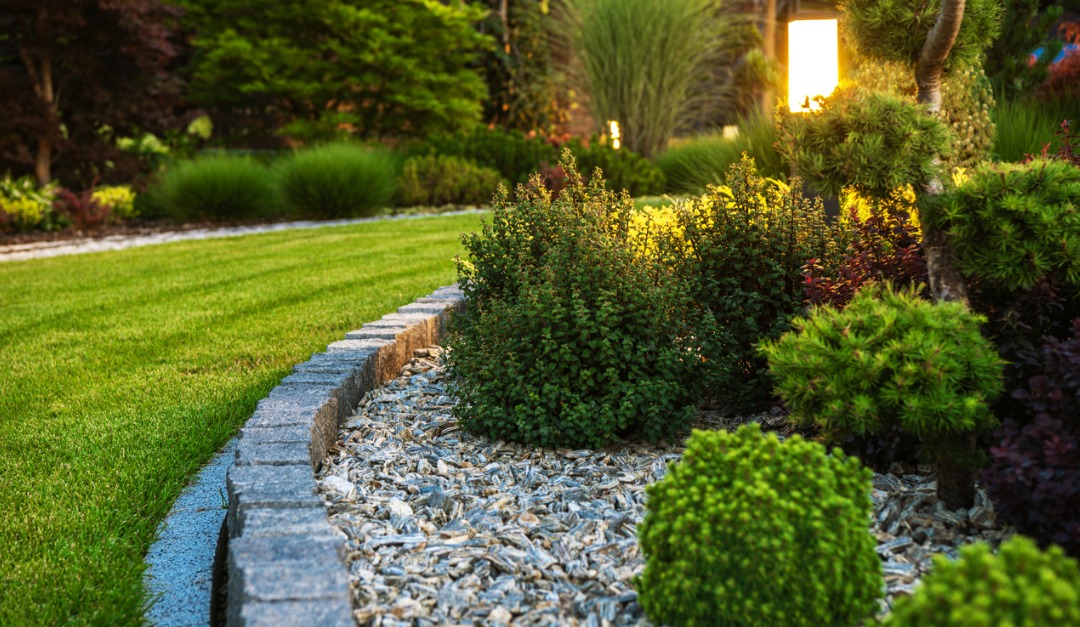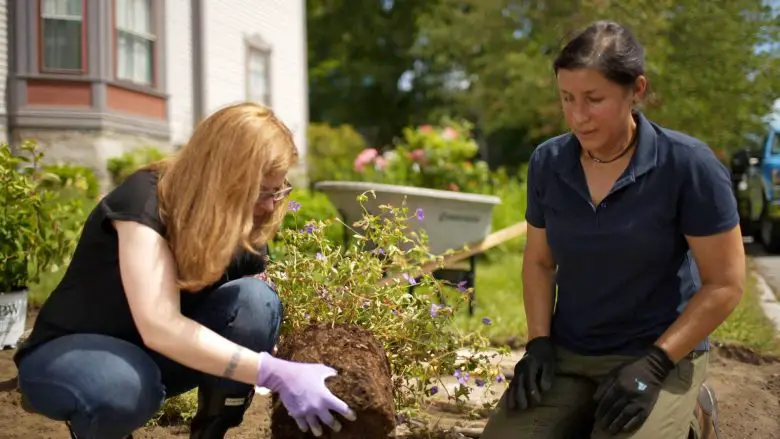Indeed, it is. More than just making your neighbors happy, that Zen garden or pretty pergola you recently put up might change your insurance rates, modify your liability risks, or even result in savings. Let us examine how your home insurance policy may be affected by your outside makeover before you grab the weed eater or give the contractor a call.
The Neglected Link Between Home Insurance and Landscaping
More than just aesthetics, landscaping adds value to a home. However, flowerbeds, fences, and trees do more than merely enhance the aesthetics of your house. Additionally, they alter your property’s profile in ways that are important to your insurer.
Though typically in restricted, specialized ways, landscaping features are frequently covered by standard house insurance plans. If trees, shrubs, and garden features are harmed by covered hazards like fire, lightning, vandalism, or even an irresponsible vehicle, the majority will provide protection. However, do not assume that everything in your yard is fully covered or insured.
What Your Policy Typically Covers (and Does not Cover) for Landscaping

Up to a certain percentage of your dwelling coverage limit typically around 5%insurers typically cover landscaping. There’s also usually a cap per plant, like $500 for each tree or bush.
Typical covered risks include:
Fire and lightning
Vandalism or theft
Damage from automobiles or aircraft
Not typically covered:
Disease or pest damage
Neglect or inadequate upkeep
Weather phenomena such as wind or hail (unless otherwise specified in your insurance)
The bottom line? Your insurer might shrug if your brand-new, lush garden is destroyed by a hurricane or a deer smorgasbord, but it might still be partially covered.
When Green Initiatives Affect Insurance Rates
How does the insurance calculation alter as a result of your most recent landscaping adventure? More than you might think. Let us examine the ways that those outdoor modifications may affect your house insurance profile, both subtle and not so subtle.
1.Increased Replacement Costs Due to Increased Property Value

That pizza oven and granite countertops in that outdoor kitchen? It is a valuation increase as well as an upgrade. You may also be underinsured if your coverage does not reflect that higher value.
Reevaluate your dwelling coverage after a significant landscaping job to make sure it covers the entire cost of replacing your new features.
Greater Risk Resulted in Greater Exposure to Liability
Certain landscaping improvements, such as fire pits, trampolines, swimming pools, or stone walks, increase the risk of liability. You can be held liable if someone is hurt in your newly renovated backyard.
3.Certain Upgrades Lower Premiums and Risk
Not every adjustment to the landscaping raises concerns about insurance. In fact, some reduce your risk. Think:
In wildfire zones, plant fire-resistant shrubs and rock gardens
Preventing soil erosion using retaining walls
Windbreaks that prevent storm damage to your house
Drainage systems that lower the risk of floods
Prior to starting construction: How to Make Plans Considering Insurance
Although summer landscaping might be exciting, do not allow the enjoyment to override your preparation. Consider your insurance coverage to be another crucial but unseen member of your design team.
Consult your insurance representative as soon as possible.
Talk to your insurance company before you plant, pave, or construct. They can assist you in comprehending:
Whether more coverage is necessary for your project
How much your property is worth now
If it affects your liability risk or premium
Prioritize safety.
You should incorporate safety features into your landscape if it has items like fire pits, hot tubs, or pools that are prone to accidents:
Self-latching gates and fencing
Alarms or pool coverings
Non-slip surfaces and adequate illumination
In addition to preventing injuries, they could reduce liability exposure and demonstrate to your insurer your commitment to risk management.
Once finished, review and make adjustments.
It is time to review your house insurance policy once the last paving stone has been installed and the mulch has settled. Do not assume that everything is taken care of automatically. Make sure your coverage limitations match the increased worth of your house and recalculate your replacement costs.
Remember that in order to guarantee complete coverage, some expensive modifications, such as built-in grills, outdoor kitchens, or garden sculptures, might need to be listed on your policy.
Is It Possible to Receive an Insurance Discount for Landscaping?
Upgrades to the landscape do not usually result in higher premiums, despite popular belief. In fact, some may qualify you for insurance discounts, particularly if they increase safety or lessen the susceptibility of your house.
Installing exterior security cameras or motion-activated lighting are upgrades that could reduce premiums.
Using natural plants that can withstand drought to lower the risk of fire
constructing rain gardens or retaining walls to control water flow
Taking down unhealthy or dying trees that could collapse and cause harm
Make the Correct Inquiries: Does your insurance company provide discounts for “green” or environmentally friendly homes?
Conclusion: Make the Most of Your Landscaping
Instead than being a liability loophole, landscaping ought to be enjoyable. However, it merits more than just aesthetic consideration, much like any significant home improvement. Function, value, risk, and yes, insurance strategy are all important.
You can transform your summer renovations into assets that are both attractive and secure by planning your projects carefully, consulting your insurer in advance, and reviewing your policy later.




Comments
xopaf4